The Evolution of Seafood Based Dishes in Tunisian Cuisine
11 min read Explore how Tunisian seafood dishes have transformed over centuries, blending tradition with modern flavors to shape unique culinary experiences. August 05, 2025 15:05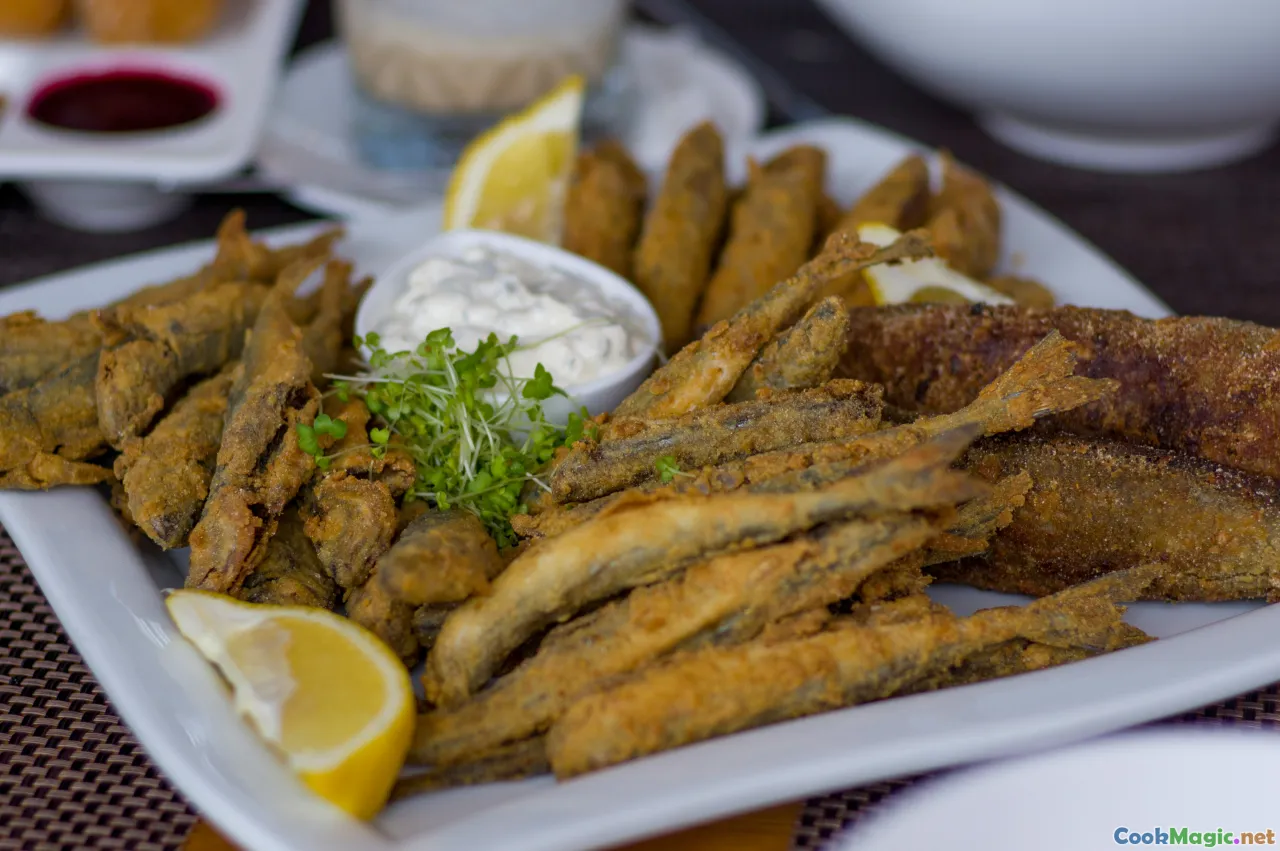
The Evolution of Seafood-Based Dishes in Tunisian Cuisine
Nestled at the crossroads of the Mediterranean, Tunisia's culinary landscape is a vibrant tapestry woven from centuries of trade, cultural exchanges, and a profound connection to the sea. The coastal cities—specifically Tunis, Sfax, and Sousse—serve as living testaments to a heritage that has, over generations, transformed humble seafood into dishes brimming with history, passion, and flavor. As someone who has wandered through bustling souks and quiet harbors, I can attest to the captivating aroma of grilled fish mingling with aromatic spices, evoking a visceral sense of place and tradition.
Today, seafood in Tunisian cuisine is far from static; it embodies a dynamic evolution, blending ancient methods with modern innovation. Let’s embark on a sensory journey through this evolution, exploring iconic dishes, regional influences, and the cultural stories behind them.
Ancient Foundations: The Roots of Seafood in Tunisian Food

Historically, the Tunisian coast has been a cradle for fishing communities since antiquity. The Phoenicians, Carthaginians, Romans, and Arab traders all left indelible marks on local seafood practices. Archeological findings reveal Middle Ages fishing techniques—such as simple fishing nets and rudimentary boatcraft—that sustained coastal populations.
In these early days, seafood was both a staple and a delicacy, often prepared with minimal seasoning to preserve fresh catches. Grilled sardines seasoned with rock salt and a sprinkle of lemon were common among fishermen after long days at sea, epitomizing the straightforward yet flavorful approach that continues today.
The Cultural Mosaic: How Invasions and Trade Shaped Tunisian Seafood Dishes
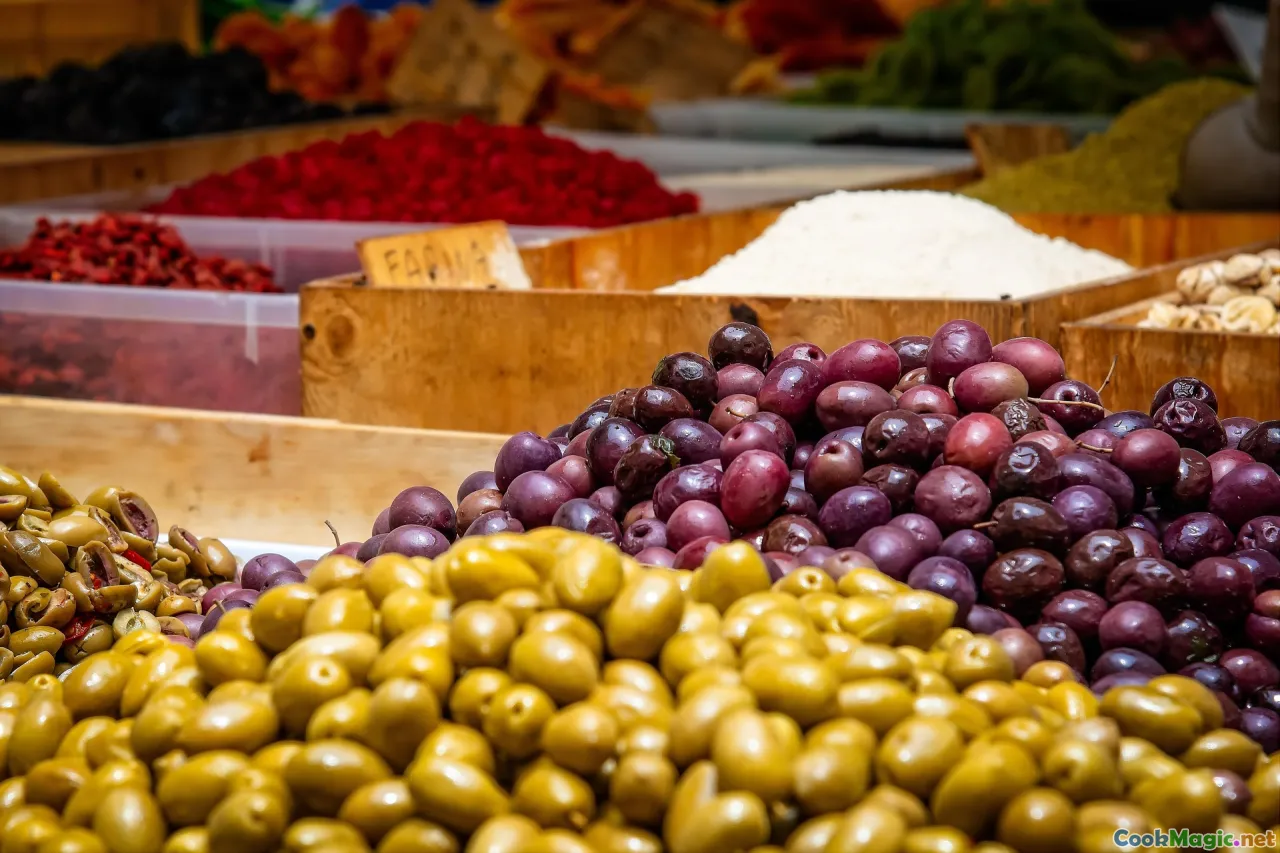
The Arab-Muslim expansion in the 7th century brought new spices, herbs, and cooking techniques, enriching local seafood preparations. Later, medieval trade routes introduced ingredients like saffron, harissa, and preserved lemons—staples that revolutionized flavor profiles.
In coastal souks, vendors have long displayed freshly caught fish—mullet, seabream, sardines—alongside jars of olives, preserved citrus, and smoky harissa. This eclectic mix laid the groundwork for dishes that balance pure seafood flavors with bold, complex seasoning.
Iconic Traditional Dishes: From Past to Present
Grilled Fish (La Mrouzia)
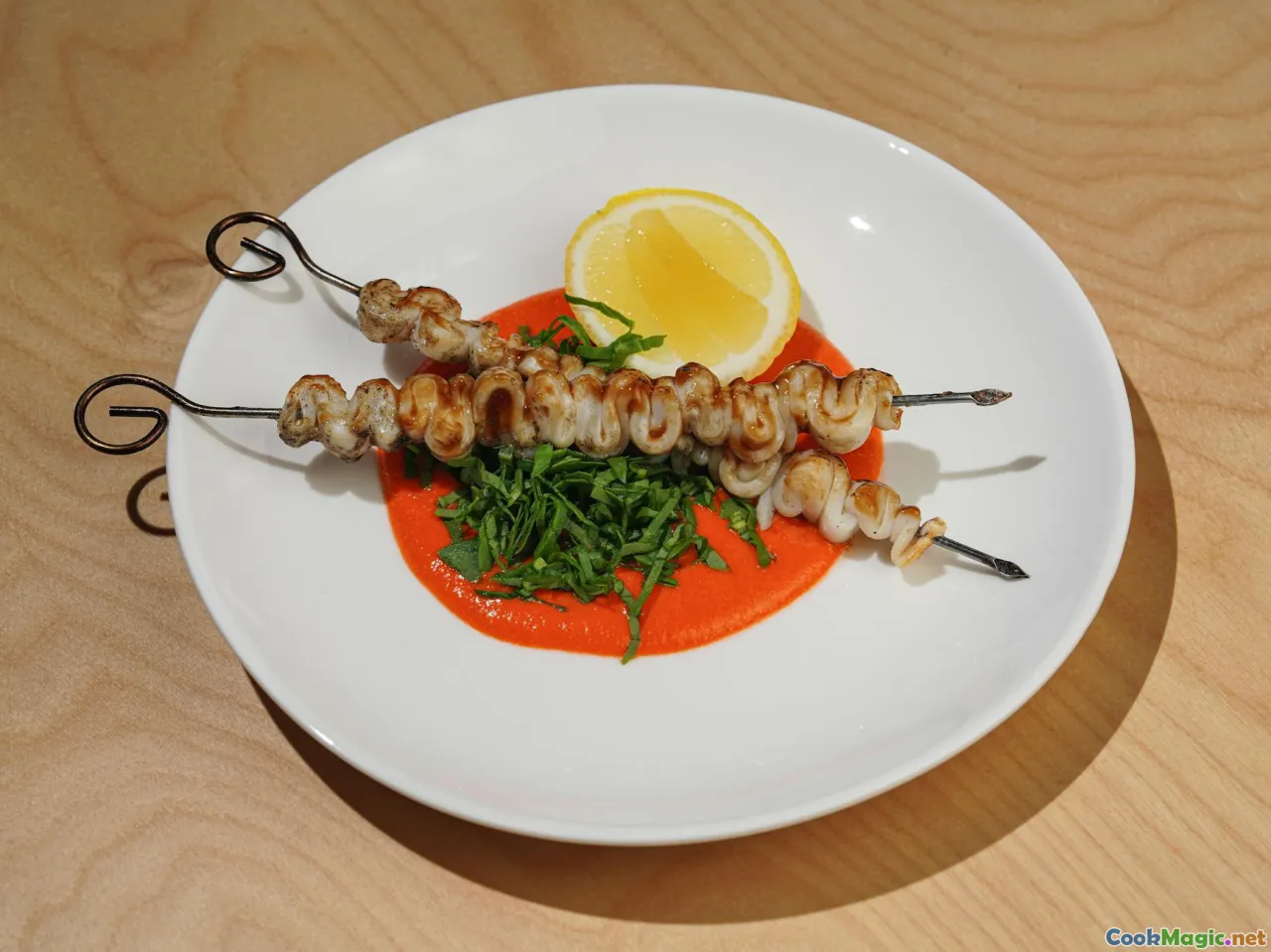
Perched on terraces overlooking the turquoise Mediterranean, you might encounter a simple yet profound dish—whole fish grilled over aromatic wood embers, seasoned with sea salt, garlic, and a dash of olive oil. The smoky aroma wafts through the air as the skin crisps to a golden hue, unveiling tender, flaky flesh beneath.
Tunisian Couscous with Fish

Once reserved for special occasions, fish couscous combines tiny, toasted semolina grains with a spicy tomato sauce and a variety of seafood—clams, shrimp, fish fillets—that soak up the flavors. Topped with a scattering of fresh herbs like parsley and coriander, this dish exemplifies the blending of land and sea.
Frik (Spicy Fish Offal Stew)

A bold, fiery stew made with chopped fish offal, spiced with harissa, garlic, and chopped vegetables—this dish reflects the resourcefulness of Tunisian cooks, transforming every part of the catch into a flavorful masterpiece.
Modern Innovations: Reinventing Seafood for Contemporary Palates

In recent decades, Tunisian chefs have begun to elevate seafood dishes beyond traditional rustic preparations. The introduction of international techniques and presentation styles has breathed new life into age-old recipes.
Seafood Tajine with Tunisian Twist
While North African tajines typically employ lamb and vegetables, modern twists feature fish fillets layered with aromatic North African spices, preserved lemon slices, and olives. Presented in a traditional earthenware pot, this dish balances rustic authenticity with contemporary finesse.
Seafood Tapas and Small Plates
Contemporary restaurants in Tunis now offer a variety of small seafood bites—crostinis topped with smoked fish, seafood ceviche with Tunisian zest—and these serve as perfect introductions for those new to Tunisian cuisine.
Fusion Fusion: Mediterranean Meets North Africa
Innovators experimenting with ingredients like saffron-infused aioli alongside local fish have created a fascinating crossroad—one that respects tradition but welcomes change.
The Cultural Significance and Emotional Resonance of Seafood
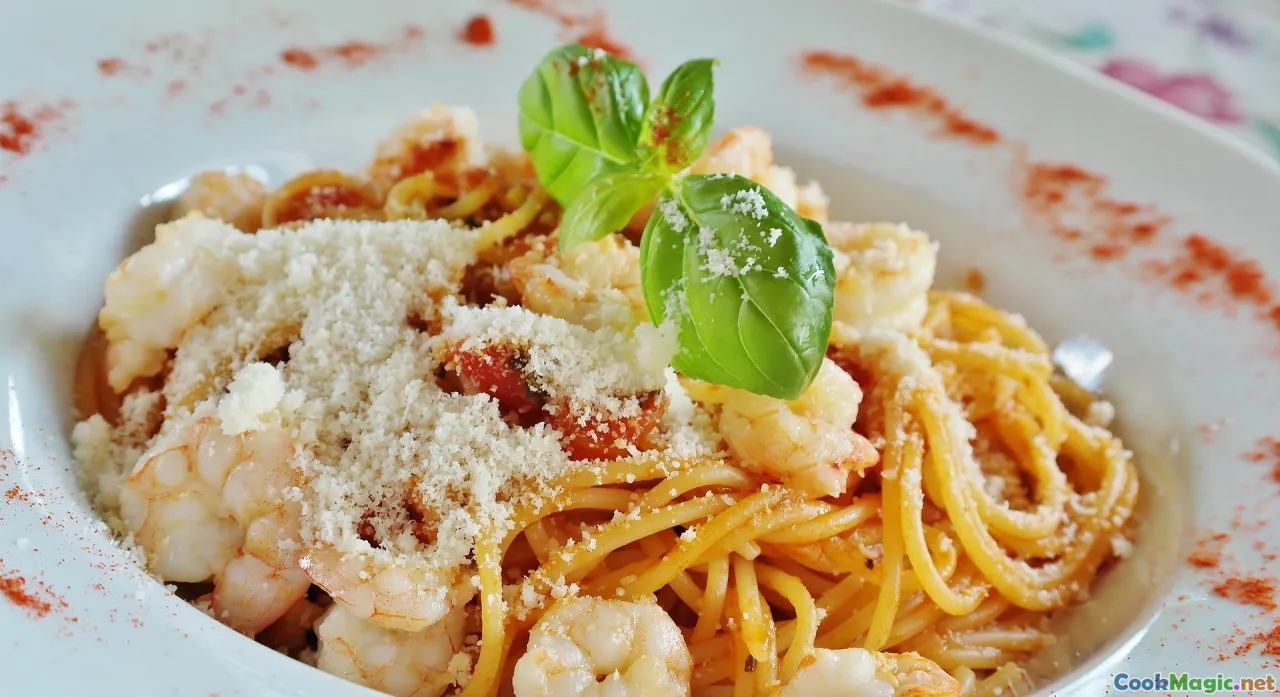
For Tunisians, seafood is more than sustenance; it’s a narrative of community, heritage, and memory. Seafood feasts mark celebrations, family gatherings, and religious festivals like Eid al-Adha, where the ritual of sharing fresh catches fosters bonds across generations.
In fishing villages, early morning scenes still evoke gestures passed down from grandfathers—casting nets as the rising sun paints the sky. These rituals infuse seafood dishes with a sense of continuity, anchoring culinary history in personal and collective identity.
Enhancing the Seafood Experience: Tips for the Modern Cuisinier
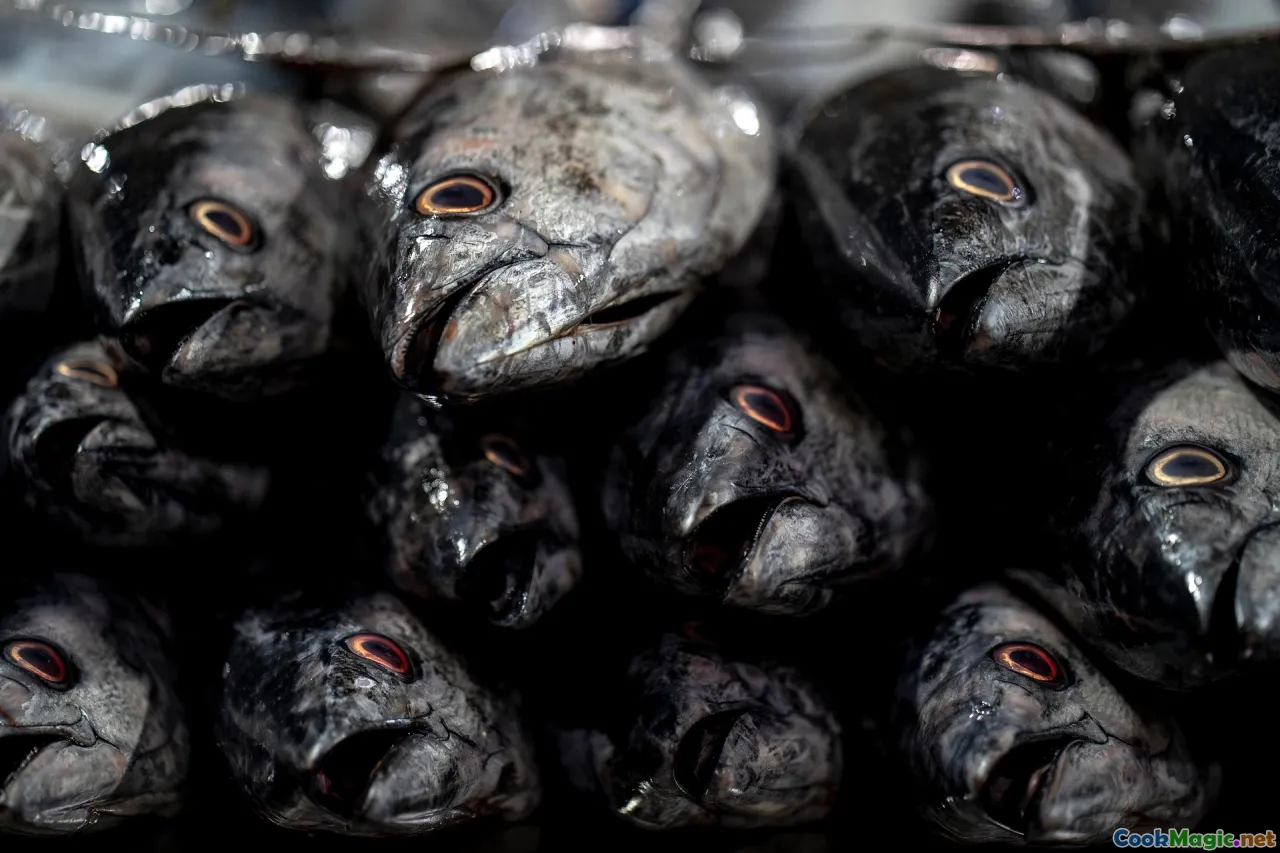
- Opt for Freshness: The cornerstone of great seafood, especially in Tunisian cuisine, is freshness. Visit local markets at dawn when stalls brim with just-caught fish.
- Balance Bold Flavors: Use harissa, preserved lemons, and garlic generously but carefully to enhance, not overpower, the delicate flavor of the fish.
- Respect Traditional Techniques: Grilling over embers, slow simmering, and gentle steaming preserve the authentic essence.
- Incorporate Regional Variations: Different coastal towns boast unique specialties—Sfax with its sardine galettes, Sousse with seafood tajines—that can inspire diverse culinary creations.
- Embrace Fusion and Innovation: Don’t be afraid to experiment with presentation or new ingredients to attract contemporary palates while honoring tradition.
Places to Experience Authentic Seafood in Tunisia

Whether wandering through the lively fish markets of Sfax, dining al fresco along Sousse’s lively seafront, or enjoying a family-style feast in a small village, Tunisian coastal towns offer a tapestry of seafood experiences. Some notable spots include:
- Le Grand Tunis in Tunis—an upscale venue blending tradition with modern culinary artistry.
- Marina Sfax—fresh seafood market coupled with casual eateries offering grilled sardines.
- Rebaye Village near Mahdia—where traditional recipes are passed through generations.
The Future of Seafood Dishes in Tunisian Cooking

Looking ahead, sustainability becomes a vital concern. With overfishing threatening marine ecosystems, Tunisian chefs and fishermen are increasingly adopting eco-friendly practices—supporting local fishing rights, advocating for Marine Protected Areas, and promoting sustainable sourcing.
Meanwhile, culinary imagination continues to blossom. Combining traditional flavors with global techniques—like sous-vide seafood, molecular gastronomy, or edible garnishes—ushers Tunisian seafood dishes into a new era where heritage and innovation seamlessly intertwine.
As we savor the evolving flavors of Tunisia’s coastal bounty, one thing remains clear: seafood is the soul of Tunisian coastal life—a living testament to a land and sea that have long nurtured its people, nourished their stories, and inspired their kitchens.
Embrace the journey, whether as a home cook or a wandering gastronome, for within each dish lies a story—a reflection of centuries of resilience, cultural exchange, and culinary artistry that continue to define Tunisia’s vibrant coastal identity.









